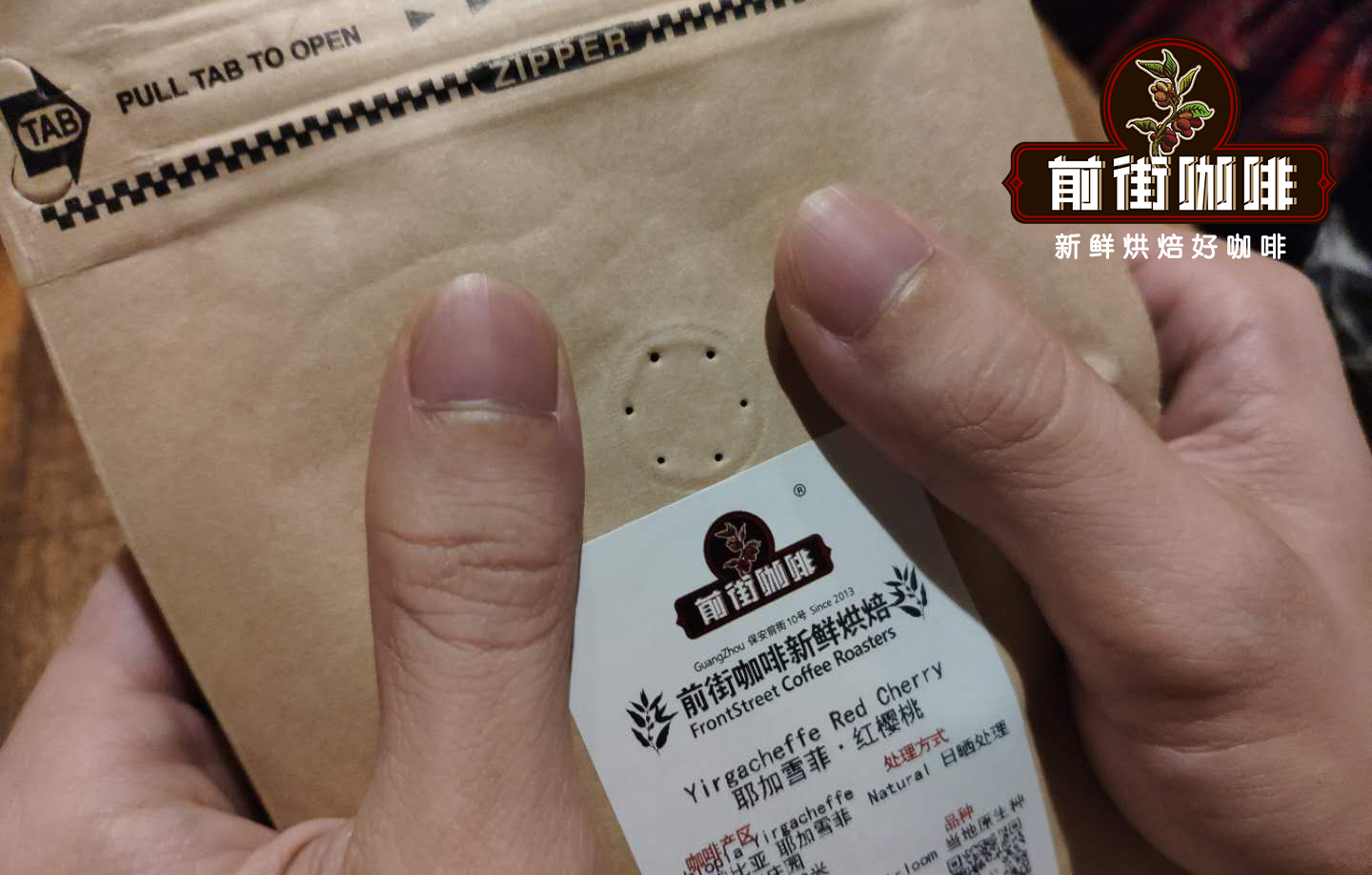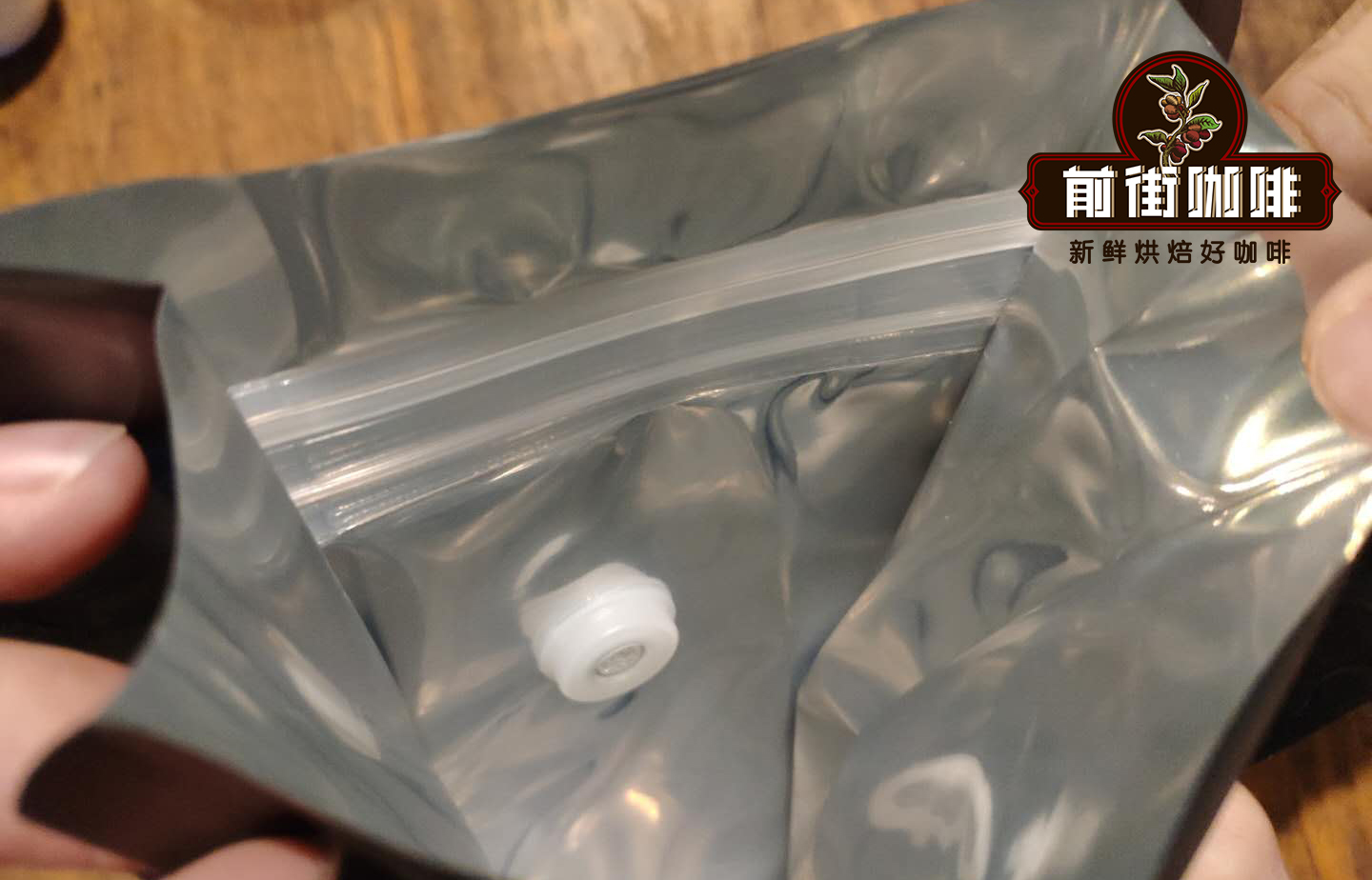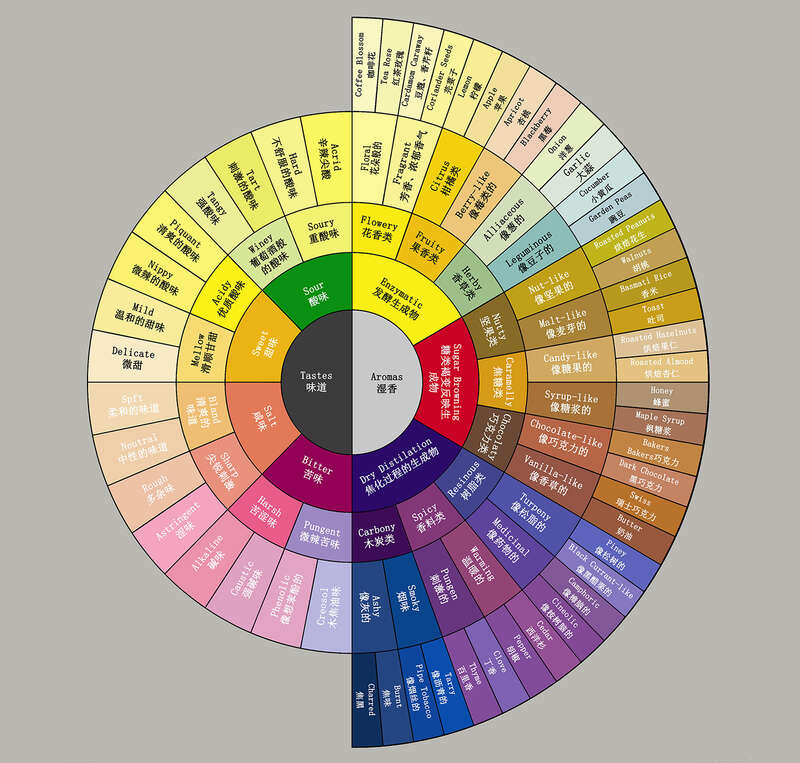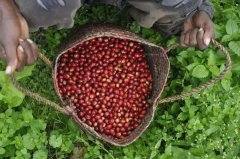How can coffee beans be preserved to reduce the rate of flavor loss? How do coffee bags preserve aroma?

Roasting coffee to show its strong aroma takes time, energy and a lot of trial and error. However, after arriving at the destination, no matter how long it takes, you need to make sure that consumers can enjoy it at home or in a cafe.
Packaging plays a role here. By using the right materials and functions, you can preserve the aroma of coffee long enough for consumers to experience the same taste you listed on the bag.
What is aroma? Why did it disappear?
After roasting coffee beans release volatile flavor compounds, we smell the aroma, which is usually used to describe the smell of brewed coffee (the equivalent term for dry coffee is "aroma").
But although the word "aroma" is usually associated only with smell, when we drink coffee, most of what we can taste in coffee is its aroma.
This is because the human tongue can only identify some basic sensory tastes (such as bitterness, sweetness and taste). As a result, the more complex flavor in many coffees actually comes from your sense of smell.
The flavor compounds we can identify in the coffee aroma are actually produced by the aroma precursors during the baking process, especially during the Maillard reaction. When this happens, a large number of aromatic compounds are released. Some of them are happy, others are not many.
The aroma and fading degree of coffee are often used as an indicator of freshness. In short: the more aromatic compounds in beans, the fresher they are and (usually) the better they taste. The release of volatile components in coffee occurs naturally, but some environmental factors can accelerate the process, causing the aroma to fade more quickly.
Methyl mercaptan is also used as one of the indicators of freshness. Methanethiol itself is an irritating chemical, but surprisingly, in coffee, methanethiol is a flavor compound that actually hides a bad smell.

"when you put the coffee powder in the open air, you can feel the reduction of methanethiol within one day and disappear by 70 per cent within three weeks," says Paul Songer in his book fresh questions.
Exposure to oxygen or oxidation is one of the most common reasons for the disappearance of aroma in coffee. Samo Smrke of the University of Applied Sciences in Zurich said in the Professional Coffee Association podcast: "when I talk about chemical freshness, I'm talking about coffee aroma, because coffee aroma is basically a chemical present in coffee beans. Therefore, the loss of chemical freshness means the loss of aroma, the oxidation or change of aroma. "
According to Smrke, higher temperatures can also speed up the oxidation process in packaged coffee. This accelerates the loss of some of the more sensitive volatile compounds in coffee (such as methyl mercaptan or 2mercaptan) (usually associated with butter, caramel, fruit and other sweetness).
In addition, although it is best to store coffee beans in a cool and dry place, they should not be frozen. During defrosting, condensation causes moisture in the beans, reduces its quality and dissolves some of the volatile compounds. It's better to stay a few degrees below room temperature.
How does packaging help preserve the aroma of coffee?
In 1895, Thomas Royal made the first multi-layer paper coffee bag. Yu told me that multi-layer packing is a key part of effective packaging. "the first layer rarely protects the aroma of roasted coffee beans," she explained. " "to prevent moisture, oxygen, sunlight, heat and other factors, you need to use different materials."
In his research, Smrke tested the effectiveness of aluminum as an inner layer of coffee packaging. He found that this is the most effective oxygen barrier compared to plastic, paper and other more porous alternatives. Aluminum also provides moisture protection.
However, mass-produced aluminum packaging can be expensive. As a result, they are often replaced by metallized films (polymer films coated with aluminum).
Yu added that researchers and packaging manufacturers are looking for more sustainable options that can easily be biodegraded or reintroduced into the supply chain. She told me that this year MTPak Coffee has introduced fully recyclable multi-layer packaging to retain the aroma of roasted coffee.
She told me that there were only two different layers in this kind of packaging. She explained that reducing the number of layers can reduce the environmental impact of packaging and ultimately minimize the carbon footprint in the manufacturing process.
Seal your coffee bag.
After choosing the correct packaging, the next step is to fill and seal the bag. If the coffee packaging is not properly sealed, it will lead to oxidation, which will make consumers dissatisfied.
Yu explained that once the roaster chooses the bag, there will be a variety of options on the market. "there are hand / foot sealing machines and automatic sealing machines, direct heat sealing machines, pulse sealing machines, vacuum sealing machines and so on," she said. "
Buying sealing equipment can be expensive, so Yu recommends choosing based on the volume of your oven, the speed and efficiency required, as well as the shape and type of opening used in the packaging. "for example, a typical hand artery flushing and sealing machine may be difficult to use with multi-layer side folding bags."
In order to ensure freshness and accessibility, most consumers choose coffee packaging that can be re-sealed. Yu told me that reusable seals on the market include zippers, Velcro, neckties or tears. Similarly, the best choice may depend on the structure and size of the coffee bag as well as your personal preferences.

Degassing and coffee aroma
One-way exhaust valve is a quite new concept. It was invented by Goglio, a company based in Milan, Italy, in the 1960s. Degassing is the place where roasted coffee beans release gas (i.e. CO2). Although the CO2 in roasted coffee prevents coffee from becoming stale and stale during brewing, too much coffee can have a negative effect on extraction.
The degassing valve can be placed on almost any coffee bag structure through the heating application without affecting the tightness of the existing package. The degassing valve usually consists of five parts: a cover, an elastic disc, a viscous layer, a polyvinyl board and a paper filter.
Although the coffee is usually degassed for a few days after baking, the process takes a period of time. When carbon dioxide accumulates in the package and puts pressure on the degassing valve, it releases carbon dioxide without damaging the integrity of the packaged coffee or the absence of oxygen inside. This retains more aromatic compounds in the coffee, thus preventing the complex flavor from disappearing as soon as possible.
"the degassing valve can be used at any time," Yu said. The roaster can order packaging with valves, or you can use a manual glue spreader to apply it to prefabricated bags. For smaller roasters, the second option may be more convenient because the roaster usually consumes coffee in a shorter period of time. "
What is modified atmosphere packaging?
The use of modified atmosphere packaging (MAP) is a way to extend the shelf life of food or beverage products by controlling the balance of gas in sealed packaging.
In coffee, MAP removes or replaces oxygen in the package to reduce the risk of oxidation and eventually retain more of the coffee's volatile aroma compounds.
The use of MAP usually involves vacuum sealing the product before "replacing" the natural components of the internal gas.
Vacuum sealing packaging was invented in the early 20th century. However, although vacuum sealing alone does retain volatile flavor compounds in coffee and prevent oxygen from reaching coffee beans, it is not a perfect solution. Coffee will still be degassed in a vacuum-sealed bag, which may break as the package expands.
Nitrogen flushing
One of the most popular MAP technologies is nitrogen flushing, which "flushes" oxygen by using nitrogen instead of oxygen.
This method reduces the chance of oxidation, retains the aromatic volatile compounds and seals them in the bag. Unlike oxygen, nitrogen does not affect the taste or aroma of roasted coffee. In addition to coffee, nitrogen washing is often used to pack and preserve potato chips.
Yu told me that even smaller roasters can use this method by buying nitrogen tanks. She also recommends using MAP to buy bakers for gas analyzers, as this will enable them to track and monitor the oxygen content in the package.
Aroma is an important part of coffee flavor. It is directly related to the taste and freshness of roasted coffee.
However, it may be difficult to protect the aroma of coffee from external factors, including oxidation, water accumulation and temperature. The complex and delicate flavor is pursued by professional coffee consumers. Keeping them is one of the key functions of high-quality coffee packaging.
Therefore, by understanding the way aromatic compounds are produced and the reasons that may lead to the disappearance of aromatic compounds, the roaster can make a more informed decision about its packaging. Effective coffee bags will help you pass on the aromas you encounter during baking to home winemakers and baristas.
Important Notice :
前街咖啡 FrontStreet Coffee has moved to new addredd:
FrontStreet Coffee Address: 315,Donghua East Road,GuangZhou
Tel:020 38364473
- Prev

Characteristics of brewing flavor of washed coffee beans in the micro-producing area of Yega Xuefei coffee
Professional coffee knowledge exchange more information about coffee beans Please follow the coffee workshop (Wechat official account cafe_style) loyal fans of Yegashafi Coffee must have heard of Kochel, the famous micro-producing area of Ethiopia. Kochere is located in the quintessence of the whole generalized Yejashefi region. In the production area of ECX, Cochel (Cochel) belongs to an independent production.
- Next

The unique Shachiso coffee bean brewing flavor in Sidamo, Ethiopia
Professional coffee knowledge exchange more coffee bean information Please follow the coffee workshop (Wechat official account cafe_style) mentioned the producing area of Sidamo, Ethiopia, I believe many people are no stranger to Guji. The Huakui coffee beans produced by Humbela in Guji are well known, winning the Ethiopian coffee competition from the Huakui coffee beans from the Humberabuku processing plant in 2017.
Related
- Beginners will see the "Coffee pull flower" guide!
- What is the difference between ice blog purified milk and ordinary milk coffee?
- Why is the Philippines the largest producer of crops in Liberia?
- For coffee extraction, should the fine powder be retained?
- How does extracted espresso fill pressed powder? How much strength does it take to press the powder?
- How to make jasmine cold extract coffee? Is the jasmine + latte good?
- Will this little toy really make the coffee taste better? How does Lily Drip affect coffee extraction?
- Will the action of slapping the filter cup also affect coffee extraction?
- What's the difference between powder-to-water ratio and powder-to-liquid ratio?
- What is the Ethiopian local species? What does it have to do with Heirloom native species?

